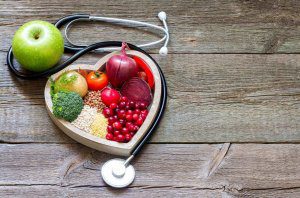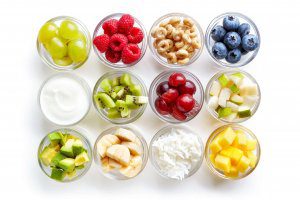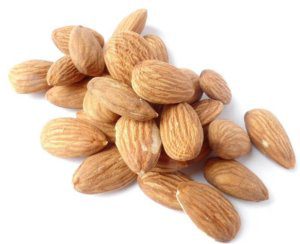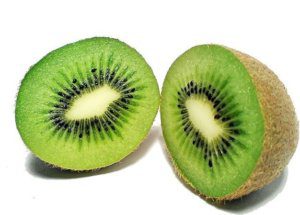How Your Eating Habits Have To Change As You Age.
Your eating habits change for a number of different reasons as you get older. Quite often, the foods that you liked as a kid no longer appeal to you as an adult.
At the same time, the foods that you absolutely hated when you were a child become appealing to you as you get older. Not only do your tastes often change as you get older, but also your body goes through a number of changes. Perhaps, as you get older, your activity level and your metabolism decrease, which will have an impact on your eating habits.
In order to age as healthily as possible, it is important for you to pay attention to what you are eating and the nutritional value of the foods that you consume. First, we will discuss the changes that our bodies go through as we age. After that, we will provide some tips for nourishing our bodies as we get older.
Changes Our Body Goes Through As We Age
You may already be aware that our bodies change as we age. These changes, without a doubt, will affect our eating habits. The healthier we eat as we get older, the more likely we will be able to reduce the risk of developing age-related medical problems.
 As we get older, we tend to eat less for a number of different reasons, including slower gastric emptying, decreased basal metabolic rate, hormonal changes, and altered taste and smell (Drewnowski & Shultz).
As we get older, we tend to eat less for a number of different reasons, including slower gastric emptying, decreased basal metabolic rate, hormonal changes, and altered taste and smell (Drewnowski & Shultz).
Unfortunately, this also means that our intakes of calcium, zinc, iron, B vitamins, and vitamin E are lower, which puts us at risk for health problems, particularly as we age (Drewnowski & Shultz).
Not only that but also our metabolic rate and muscle mass decline, which means that we often reduce our caloric intake as we age. Some people feel that if they eat less as they get older, then they will not suffer from age-related weight gain. Aging also tends to decrease our appetite, which may also be a contributing factor to changes in our eating habits (Whitelock & Ensaff).
Now that we are aware of some of the changes our bodies go through as we get older, let’s discuss what foods we should consume more of, as well as which foods we need to avoid as much as possible.
Foods to avoid in your diet
Without a doubt, it’s important to avoid foods that are full of empty calories. These types of foods may contain a lot of calories but they provide little to no nutritional value. As you get older, empty calories are absolutely terrible for your waistline and your overall wellbeing.
 Some examples of foods and beverages that contain empty calories include soda, candy, chips, cakes, and other sugar-laden pastries (“Beware These Empty Calories!”).
Some examples of foods and beverages that contain empty calories include soda, candy, chips, cakes, and other sugar-laden pastries (“Beware These Empty Calories!”).
Empty calories may make you feel full but you must recognize that this is not the right way to fuel your body, particularly as you get older. The unfortunate thing about foods that contain a lot of empty calories is that they are often very tasty and easy to get hands-on.
Aging adults should also avoid full-fat dairy products and opt for the lower fat version instead. Foods that contain saturated and trans fats should be avoided as much as possible because both types of the aforementioned fats are unhealthy (Wax). Eating foods that are high in saturated fats will increase your risk of heart disease as well as unwanted weight gain (Wax). You should also avoid processed foods as much as possible.
Foods to add to your diet

Now that you know what foods you should avoid eating as you get older, let’s take a closer look at what should be added to your diet.
Older adults should focus on nutrient-dense foods in order to reduce the likelihood of age-related health problems. Ideally, older adults should be eating more fruits and vegetables. It is best to eat leafy greens, carrots, and sweet potatoes. It’s important to eat fruits and vegetables that are as close to their natural state as possible to avoid any added sugars.
Older adults should also be eating more fish, poultry, beans, and peas as opposed to red meat to reduce their risk of early mortality (“Cutting Red Meat for a Longer Life”). It’s also important for older adults to eat whole grain cereals, crackers, bread, rice, or pasta as opposed to refined grain products.
As you get older, it is more important than ever to read the labels to ensure that you are getting the proper vitamins and nutrients without consuming excessive calories, sugars, and unhealthy fats.
Additional Wellness Tips for Those Who Are Getting Older
In addition to eating properly, older adults should also remain active as much as possible. Ideally, you should be physically active for at least 30 minutes per day. Physical activity will help keep your bones strong and your heart healthy. Not only that, but is it also good for your mental health. Furthermore, you should avoid stress as much as possible and prioritize self-care.
As you can see, eating healthy is only part of the equation.
Conclusion
Our bodies change as we age. When we get older, our metabolic rate decreases and our muscle mass also decreases. Furthermore, we undergo a number of hormonal changes. Not only that, but our senses of taste and smell also change, which means that sometimes the foods we use to love when we were young are no longer as appealing to us when we get older.
 We must also pay close attention to the types of foods we consume to reduce our risk of early mortality and age-related medical problems. Therefore, we must focus on consuming nutrient-dense foods, such as fruits, vegetables, whole grains, and lean proteins, such as poultry, legumes, and fish. At the same time, we must avoid or drastically reduce our consumption of saturated and trans fats as well as refined grains and red meats.
We must also pay close attention to the types of foods we consume to reduce our risk of early mortality and age-related medical problems. Therefore, we must focus on consuming nutrient-dense foods, such as fruits, vegetables, whole grains, and lean proteins, such as poultry, legumes, and fish. At the same time, we must avoid or drastically reduce our consumption of saturated and trans fats as well as refined grains and red meats.
 In addition to eating healthy, it is important for us to stay active and avoid stress as we get older so that we can enjoy a long and healthy life.
In addition to eating healthy, it is important for us to stay active and avoid stress as we get older so that we can enjoy a long and healthy life.
REFERENCES:
- Beware These Empty Calories (2006). WebMD.
- Cutting Red Meat for a Longer Life (2012). Harvard Health Publishing.
- Drewnowski, A., & Shultz, J. M. (2001). Impact of aging on eating behaviors, food choices, nutrition, and health status. The journal of nutrition, health & aging, 5(2), 75–79.
- Wax, E. (2018). Facts About Saturated Fats. Medline Plus.
- Whitelock, E., & Ensaff, H. (2018). On Your Own: Older Adults’ Food Choice and Dietary Habits. Nutrients, 10(4), 413.


